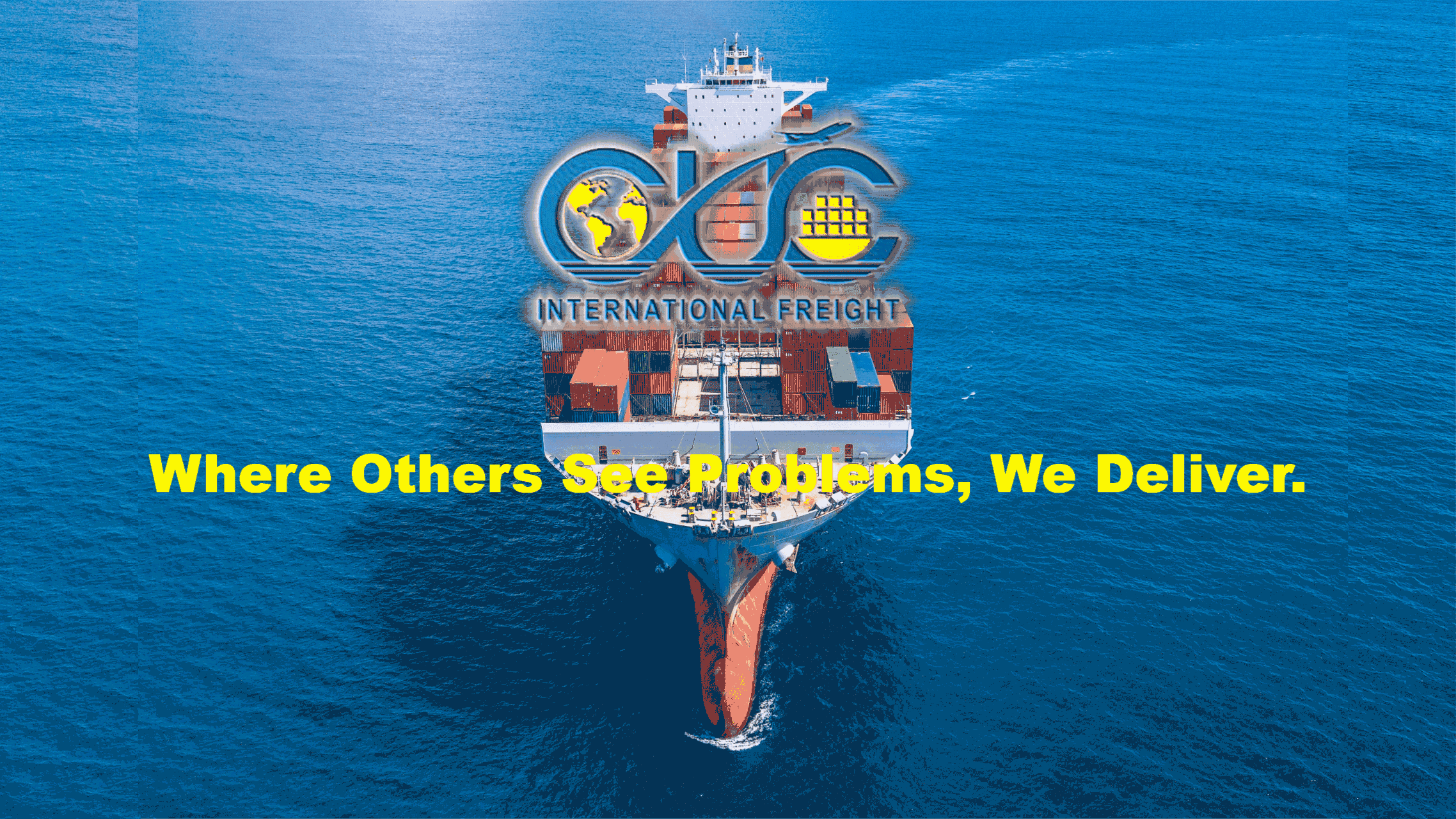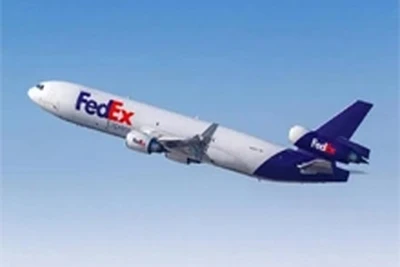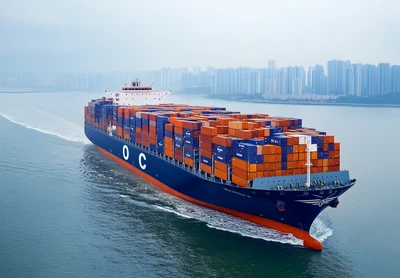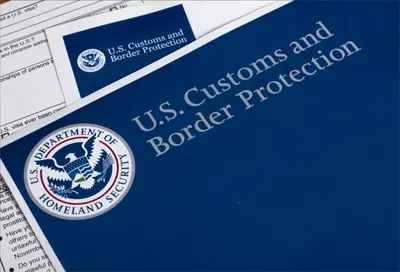
In the world of freight transportation, two terms that often come up are LTL (Less Than Truckload) and FTL (Full Truckload) freight. Understanding the nuances between these two modes of shipping is crucial for businesses looking to optimize their logistics operations. So, let's delve into what sets LTL and FTL freight apart and when to choose one over the other.

Definition and meaning: LTL freight refers to shipments that do not require an entire trailer for transportation. Instead, multiple shipments from different customers are consolidated onto a single truck, with each customer paying only for the space their goods occupy.
Characteristics and advantages: LTL is ideal for small to medium-sized shipments, offering cost savings by sharing trailer space with other cargo. Additionally, LTL carriers often provide robust tracking systems, allowing shippers to monitor their shipments throughout transit.
Examples of when to use LTL freight: Businesses shipping smaller quantities of goods, those with flexible delivery schedules, or those looking to minimize shipping costs can benefit from using LTL freight services.
Definition and meaning: FTL freight involves booking an entire truck for a single shipment, regardless of the cargo's size or weight. This option provides exclusive use of the trailer and ensures direct delivery to the destination without any stops along the way.
Characteristics and advantages: FTL is best suited for large shipments that occupy the entire trailer or require specialized handling. It offers faster transit times compared to LTL since there are no stops for picking up or dropping off other shipments.
Examples of when to use FTL freight: Businesses with large volumes of goods to transport, those with time-sensitive deliveries, or those requiring special handling for fragile or perishable items should consider using FTL freight services.
When deciding between LTL and FTL freight, several factors come into play:
Size and volume requirements: LTL is suitable for smaller shipments, while FTL is better for larger volumes.
Cost considerations: LTL offers cost savings by sharing trailer space, while FTL provides faster transit times but may be more expensive for smaller shipments.
Transit time: FTL typically has shorter transit times since there are no stops for additional pickups.
Packaging and handling: LTL shipments may undergo more handling and transfers, increasing the risk of damage compared to FTL shipments.
LTL freight is the preferred option under the following circumstances:
Small to medium-sized shipments: When shipping smaller quantities of goods that do not require a full trailer.
Flexible delivery schedules: LTL allows for more flexibility in delivery dates and times.
Cost-effective options: Businesses looking to minimize shipping costs can benefit from LTL services.
FTL freight is more suitable in the following scenarios:
Large shipments: When transporting goods that require the entire trailer space.
Time-sensitive deliveries: FTL offers faster transit times, making it ideal for urgent shipments.
Special handling requirements: Fragile or high-value items that require exclusive use of the trailer benefit from FTL services.
When choosing between LTL and FTL freight, consider the following factors:
Size and weight of the shipment: Determine whether your shipment requires the entire trailer or can be consolidated with other cargo.
Transit time requirements: Assess how quickly your goods need to reach their destination.
Budget constraints: Compare the costs of LTL and FTL to determine the most cost-effective option.
Fragility of the cargo: Consider the sensitivity of your goods to handling and potential damage during transit.
To streamline your freight shipping processes, consider the following strategies:
Utilizing technology and tracking systems: Invest in software that provides real-time tracking and visibility into your shipments.
Working with reliable carriers and logistics partners: Choose carriers with a proven track record of reliability and on-time deliveries.
Streamlining packaging and labeling processes: Optimize your packaging to minimize wasted space and reduce the risk of damage during transit.
Understanding the differences between LTL and FTL freight is essential for optimizing your shipping operations. By considering factors such as shipment size, transit time, and budget constraints, businesses can make informed decisions to ensure their goods are transported efficiently and cost-effectively.
 The Rise of E-Commerce: Impact on China to USA Courier ServiceApril 9, 2025With the popularization of the Internet and the rapid development of science and technology, e-commerce is booming in the world. As an important player in e-commerce, China's rise has not only cha...view
The Rise of E-Commerce: Impact on China to USA Courier ServiceApril 9, 2025With the popularization of the Internet and the rapid development of science and technology, e-commerce is booming in the world. As an important player in e-commerce, China's rise has not only cha...view How To Import From China To Amazon FBA?June 27, 2023When it comes to importing products from China to Amazon FBA, there are a few things that you should consider. This process can be difficult and time-consuming, but with the right tools and resources,...view
How To Import From China To Amazon FBA?June 27, 2023When it comes to importing products from China to Amazon FBA, there are a few things that you should consider. This process can be difficult and time-consuming, but with the right tools and resources,...view Air Freight vs. Sea Freight: Which Is Better for Shipping from China to the USA?December 31, 2024When it comes to shipping goods from China to the USA, businesses often face a choice between two primary transportation options: air freight and sea freight. Both methods have their pros and cons, an...view
Air Freight vs. Sea Freight: Which Is Better for Shipping from China to the USA?December 31, 2024When it comes to shipping goods from China to the USA, businesses often face a choice between two primary transportation options: air freight and sea freight. Both methods have their pros and cons, an...view The U.S. Import Bonds (Customs Bond)May 25, 2024Successfully to import products into the USA is a complex multi-step process. Customs clearance is very important part of process. When we comes to customs clearance, we have to refer to bonds. Custom...view
The U.S. Import Bonds (Customs Bond)May 25, 2024Successfully to import products into the USA is a complex multi-step process. Customs clearance is very important part of process. When we comes to customs clearance, we have to refer to bonds. Custom...view